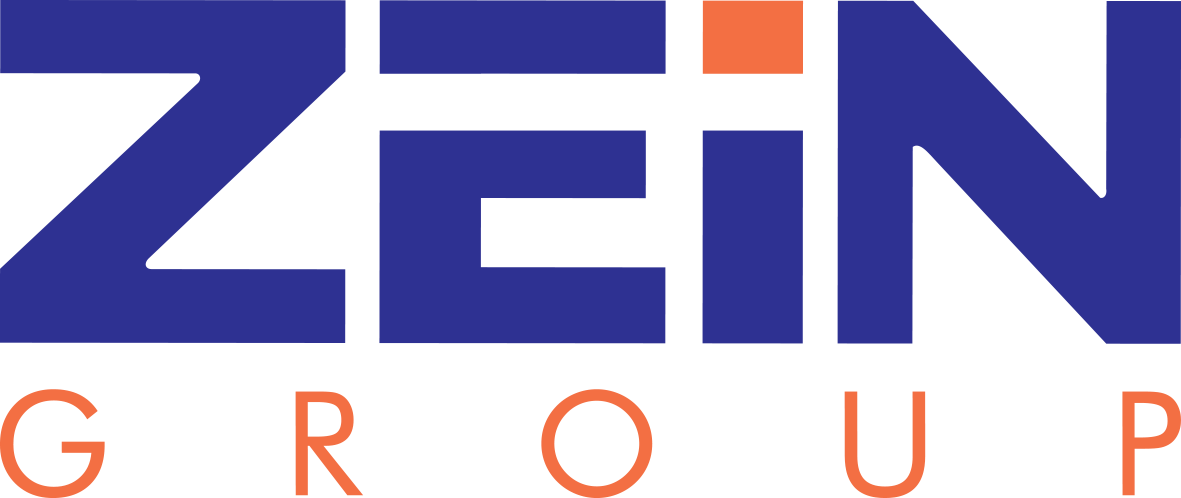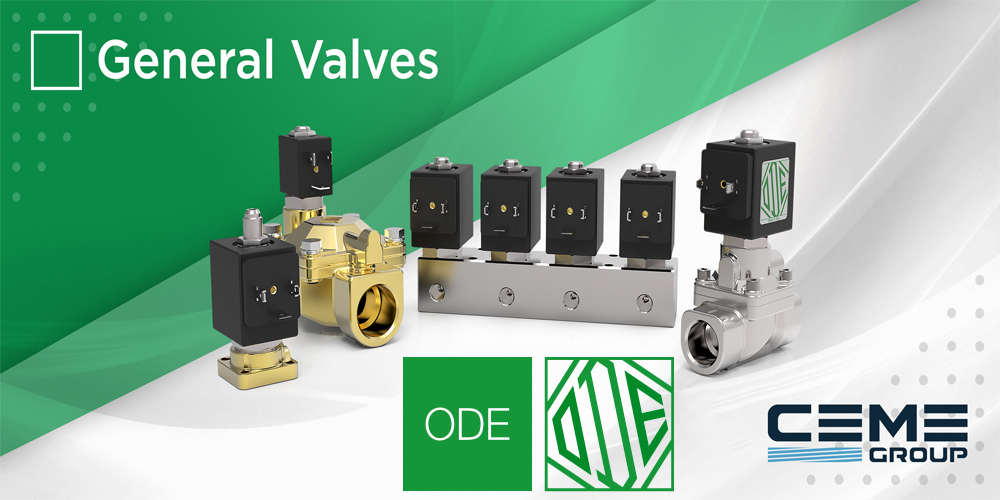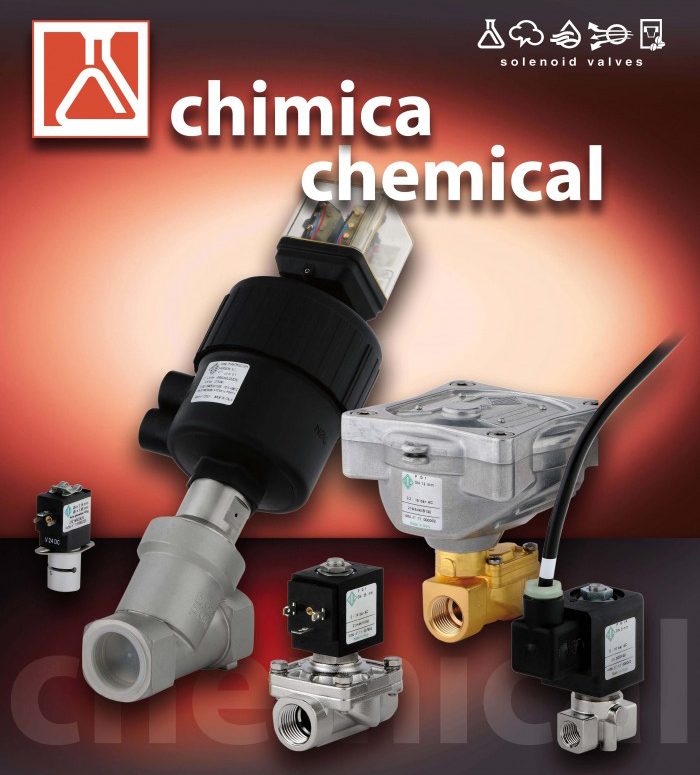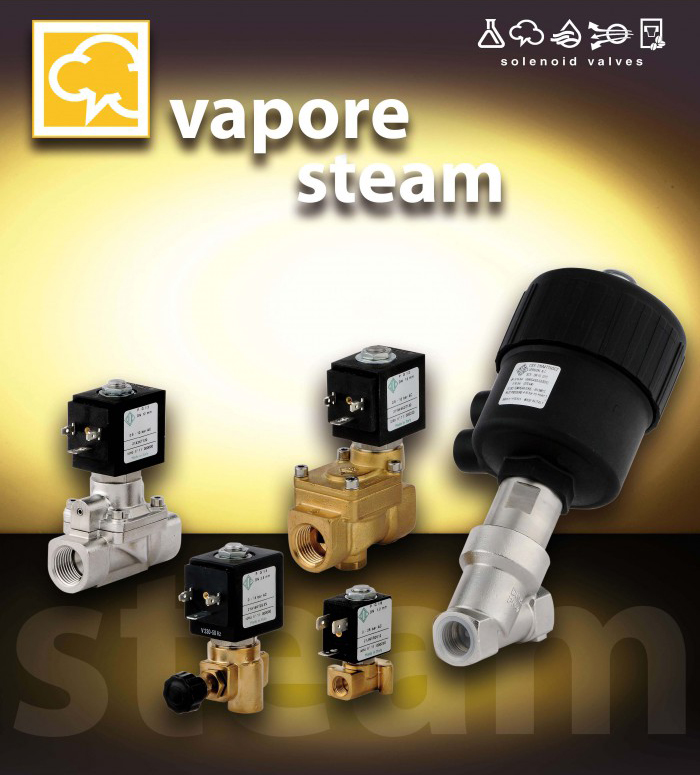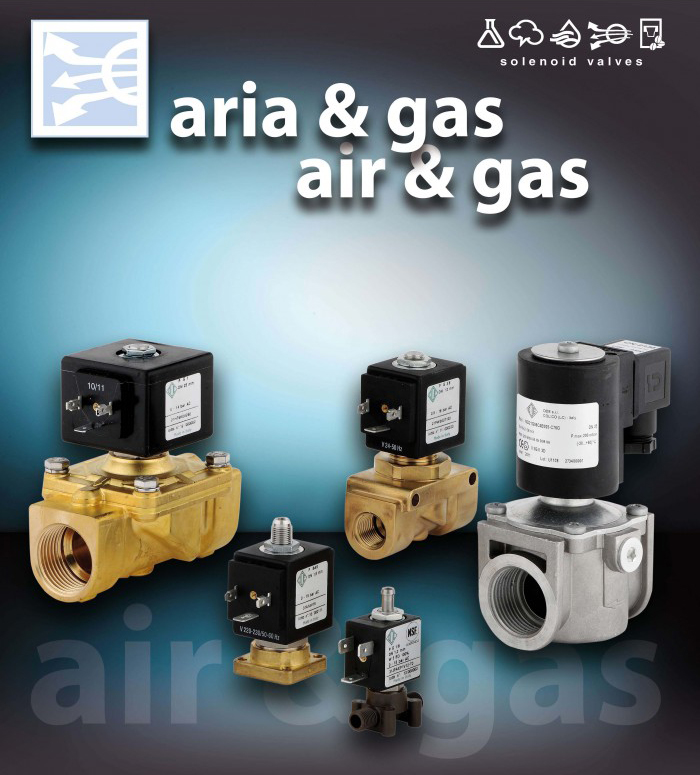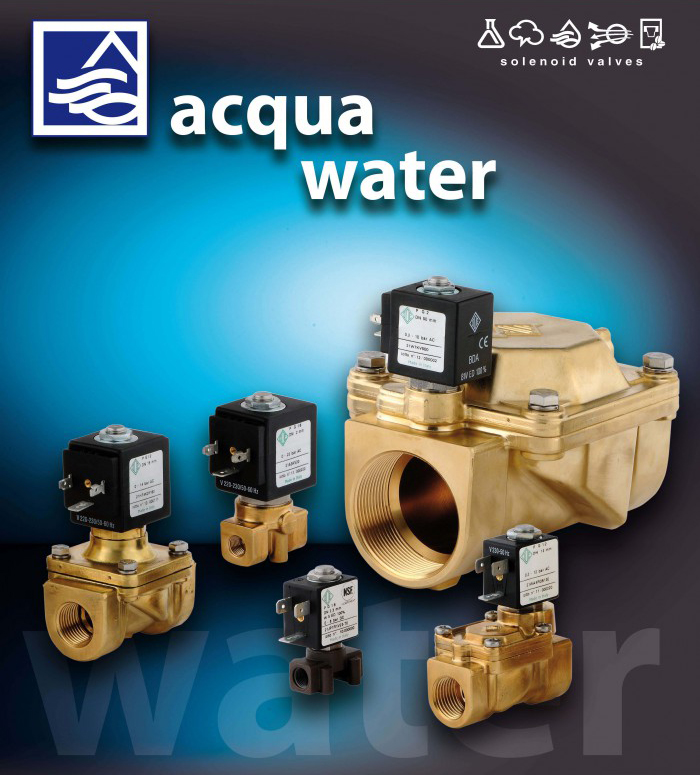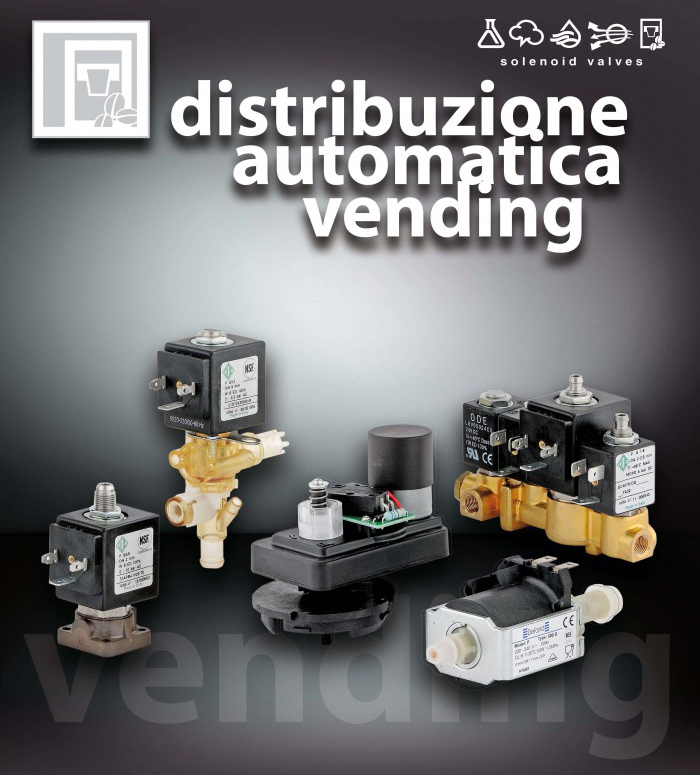What is solenoid valve and how does it work?
The ODE solenoid valve is an electromechanical device that controls the flow of an: acqua: water & liquid or air& gas and chimica chemical, vapore steam also distribuzone autonatica Vending as will, through a pipe or tubing system. It consists of a coil of wire, called a solenoid, which when energized creates a magnetic field that opens or closes a valve mechanism, allowing or stopping the flow of fluid.
Welcome to our comprehensive guide on understanding solenoid valves. In this blog, we will explore the basics, functions, types, key components, operation, applications, selection tips, and troubleshooting of solenoid valves. ODE Solenoid valves play a crucial role in controlling fluid flow in various industries and applications, making an important component in many systems. Whether you are new to solenoid valves or looking to enhance your knowledge, this guide will provide you with valuable insights.
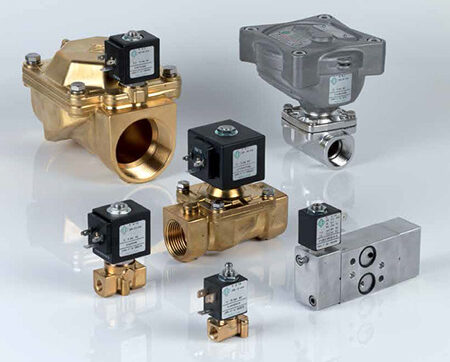
Exploring the Basics of ODE Solenoid Valves
The ODE Solenoid valves are electromechanical devices used to control the flow of liquids or gases. The only difference between a solenoid valve and a regular valve is the way the former operates. They are typically powered by(AC & Dc) 12.v-24.v -36.v – 48.v – 110.v – 220.v -380.v and can handle pressures of up to 1450 psi/ 100 bar This makes them suitable for various applications, from controlling the water flow in an aquarium to serving as a sensor in industrial settings.
Definition and Function of ODE Solenoid Valves
The ODE Solenoid valves are vital in controlling fluid flow with precision, functioning as electromechanical switches. Their design enables them to open, close, or modulate the flow path as per specific application requirements. These valves play a crucial role in applications demanding precise fluid flow control, making them indispensable components. Understanding the function and purpose of solenoid valves is imperative for selecting the right valve for a particular application, owing to their wide applicability in both industrial and commercial settings.
Types of ODE Solenoid Valves
ODE Solenoid valves are available in various types, including direct-acting, pilot-operated, and 3-way valves. These types are selected based on factors such as pressure, flow rate, and fluid compatibility. It’s essential to understand the distinctions between solenoid valve types to choose the most suitable one for an application. The versatility of ODE solenoid valve types allows for their use in diverse fluid control applications, each offering specific advantages based on the operational requirements of a system.
Key Components of ODE Solenoid Valves
The ODE Solenoid valves are composed of three key components, namely the coil, or plunger, and body. The coil serves as an electromagnet that converts electrical energy into magnetic force, while the plunger, when magnetized, controls the flow of air, gas, water, or steam. The body encapsulates these parts, offering protection and stability. These components work seamlessly together to regulate the flow of fluids or gases in a variety of applications.
The Coil
The power source in ODE solenoid valve, the coil generates the essential magnetic field for valve operation. Understanding its characteristics, such as voltage and power consumption, is crucial for proper valve selection. The design and material composition of the coil impact the responsiveness and efficiency of solenoid valves, highlighting its significance in overall valve performance. Proper maintenance of the coil is essential for ensuring reliable valve operation.
All range of coils (AC & Dc) 12.v-24.v -36.v – 48.v – 110.v – 220.v -380.v with many
Type of series: B, U, L, G, flowing as your application request, also Expansion coils ATX
The Plunger
The plunger is the moving part responsible for regulating fluid flow in an ODE solenoid valve. Assessing its durability and performance requires an understanding of its design and material composition. Precision and responsiveness of solenoid valves rely heavily on the plunger’s design and functionality. Achieving accurate fluid control depends on the critical alignment and movement of the plunger. The dynamics of the plunger’s operation directly impact the overall effectiveness of solenoid valves.
The Body
The structural support and fluid containment of ODE solenoid valve are provided by its body, housing all internal components. Assessing the compatibility with different fluids and environments involves understanding the construction and material properties of the valve body. The durability and reliability of solenoid valves are directly influenced by the design and integrity of the body. Preventing leaks and ensuring consistent performance requires proper maintenance and inspection of the valve body. Design considerations for the body include port configuration, mounting options, and environmental sealing.
In ODE solenoids valves Budy used different martials as following:
AISI 304 – PA (POLYAMIDE) – ALMINIUM – ANODIZED ALUMINIUM – BRASS – Low leed brass – PPS Techno polymer – PEI – PSU – Stainless Steel AISI 316 series.
Understanding the Operation of ODE Solenoid Valves
The operation of ODE solenoid valves involves the conversion of electrical energy into mechanical motion, which controls the flow of fluids or gases. This process is predominantly based on the principle that when an electric current passes through a coil, it generates a magnetic field that attracts the plunger, opening or closing the valve. The type of fluid, voltage, and pressure range are key factors to consider in ensuring the proper functioning of a solenoid valve. Understanding this process is crucial in comprehending the application of solenoid valves in various industries.
The Role of Electricity in Valve Operation
The efficient utilization of electrical energy in solenoid valves is crucial for achieving precise and responsive valve operation. Proper grounding and circuit protection are essential considerations for the safe and reliable operation of these valves. Electricity plays a pivotal role in energizing the coil, which initiates the magnetic field responsible for valve actuation. Understanding the electrical requirements of solenoid valves, including the use of a snubber diode, is also vital for ensuring compatibility with power sources. Additionally, the integration of electrical controls and power management technologies enhances the performance and versatility of solenoid valves, making them a reliable and efficient relay in various systems.
The Open and Close Mechanism
The operation of solenoid valves, designed for regulating fluid flow based on specific commands or conditions, relies on the open and close mechanism. Understanding this mechanism is crucial for predicting and controlling valve behaviour, as its responsiveness and accuracy directly impact overall performance. Proper adjustment and calibration are necessary to achieve precise fluid control, while reliability and repeatability are critical for successful application in various systems. The open and close mechanism is the only difference in the way solenoid valves control fluid compared to other types.
Applications of ODE Solenoid Valves
Applications of ODE solenoid valves span across various industries including industrial controls, pneumatic systems, and fluid power hydraulic systems. These valves are widely used in applications that necessitate automated control of fluids or gases such as controlling the flow of air in a pneumatic system, regulating the flow of fluids in hydraulic systems, and managing the flow of water or other liquids in commercial and residential applications. Solenoid valves play a critical role in ensuring precise and efficient control of fluid and gas flow in diverse settings, making them indispensable in modern automation and control systems.
Thus, ODE solenoids valves Application used for: acqua: water & liquid or air& gas and chimica chemical, vapore steam also distribuzone autonatica Vending as will.
APPLICATIONS CAN BE USED ODE SOLNOIED VALVES:
- COFFEE
- FOOD
- PACKING
- AUTOMATION
- CHEMICAL
- MEDICAL
- REFRIGERATION
- WATER
- CARWASH
- MECHAMICAL
- COMPERSSPRES
- SMART
Usage in Industrial Controls
In industrial automation, the ODE solenoid valves are vital for regulating the flow of air, gas, water, and oil, ensuring process efficiency and safety. These valves accurately control various industrial systems, playing a crucial role in manufacturing equipment and processes. Commonly used in controlling compressed air and fluids in industrial machinery, they are instrumental for maintaining the movement of fluids in manufacturing equipment and processes, making them an indispensable component for industrial controls.
Role in Pneumatic Systems
Solenoid valves are vital components in pneumatic systems, regulating the flow of compressed air to enable precise and rapid activation of pneumatic actuators and cylinders. Their crucial role ensures optimal performance and reliability, controlling the direction, speed, and force of pneumatic equipment. This facilitates efficient operation in various industrial applications, making solenoid valves indispensable for pneumatic tools and machinery.
Importance in Fluid Power Hydraulic Systems
Solenoid valves are crucial for regulating hydraulic fluid, controlling power transmission, and ensuring the safe operation of machinery. These valves enable precise regulation of fluid flow, pressure, and direction in hydraulic circuits, essential for maintaining performance and reliability. Furthermore, solenoid valves play a fundamental role in controlling the movement and operation of hydraulic cylinders and motors in fluid power systems. Their impact is undeniable, making them indispensable for the efficient functioning of hydraulic systems.
How to Choose the Right ODE Solenoid Valve
Considering the fluid type, understanding the valve size and flow rate, and determining the importance of pressure range are crucial factors in choosing the right solenoid valve. The type of fluid being controlled will determine which valve materials are compatible. Understanding the flow rate and valve size ensures proper fluid control, while considering the pressure range prevents damage to the valve or the system. These factors should be carefully evaluated to select the most suitable solenoid valve for the specific application.
Considering the Fluid Type
When choosing an ODE solenoid valve, the type of fluid being controlled plays a crucial role. Whether it’s a liquid or gas, understanding the chemical composition and characteristics of the fluid is essential. Some solenoid valves are designed to handle corrosive or aggressive fluids, so compatibility with the fluid’s properties and potential contaminants is vital in the selection process. It’s important to choose a solenoid valve that is resistant to the fluid’s properties and temperature variations.
Understanding the Valve Size and Flow Rate
Properly assessing flow rate requirements and pipe size is essential for choosing the right ODE solenoid valve. It’s crucial to select a valve that can handle the required flow rates and pressure, matching the system’s capacity and flow characteristics. The CVS value of the valve must match the system’s flow requirements for optimal performance. Sizing the solenoid valve properly according to the system’s demands is fundamental for efficient operation.
Importance of Pressure Range
Evaluating the system’s pressure range and understanding the solenoid valve’s pressure ratings is crucial in the selection process. Choosing a solenoid valve that can operate within the specified pressure range is vital for optimal performance. Understanding the differential pressure across the valve and its impact on operation is imperative. Knowledge of the maximum and minimum pressure conditions within the system guides the valve selection process. It is essential to select a solenoid valve that can withstand the system’s pressure variations and fluctuations.
Conclusion
In conclusion, understanding solenoid valves is crucial for anyone working with industrial controls, pneumatic systems, or fluid power hydraulic systems. These valves play a vital role in regulating the flow of fluids and ensuring the smooth operation of various applications. By grasping the basics of solenoid valves, including their definition, function, types, and key components, you can make informed decisions when choosing the right valve for your specific needs. Additionally, learning about the operation of solenoid valves, such as the role of electricity and the open-close mechanism, will help troubleshoot common problems that may arise. With this comprehensive guide, you are equipped with the knowledge to navigate the world of solenoid valves successfully.
Quality & HSE& HSE
The ODE Quality Policy
The mission of ODE S.r.l. is to become the main partner of customers for the market of machine and plant manufacturers by offering customized solutions designed according to the principles of high quality, adaptability, product reliability and an excellent after-sales service.
In 2021 ODE S.r.l. joins the CEME group for which compliance with quality standards is of primary importance by investing in innovation and pursuing respect for the environment and the protection of the health and safety of all workers in all its activities.
The commitment of ODE S.r.l. translates into developing and implementing a Quality Management System according to the requirements of the UNI EN ISO 9001: 2015 standard through the active involvement of the entire company structure so that it participates, according to its tasks, in achieving the objectives identified and promoting the diffusion of a real culture of quality and continuous improvement.
ODE Solenoid Valve Certifications
Production System Certified
Customer satisfaction, systematic product improvement, excellent service: these are the key elements in the success of a company. The path leading to their achievement must follow the rigid “hidden” set course that goes under the name of “Quality Assurance”.
The idea of quality has always been part of ODE culture. It is thanks to it that the production unit in Colico obtained the ISO 9001 certification in 1997. The certification was given by Bureau Veritas Quality International with the accreditation of the important international body Sincert.
This certification, updated in 2008, serves as a tool to improve the company’s efficiency. As such, it affects transversally each operation and production level of the firm.
To ODE, quality means: a continuous process control, a computerized network to guarantee the conformity of products, the recording of each step to ensure an effective analysis of data as well as a complete and efficient traceability of both components and finished products.
ODE solenoid valve range also includes some product lines and their protective system with ATEX Certification Ex d, Ex mb, Ex nA ed Ex h, intended for use in potentially explosive atmospheres as per Directive 2014/34/UE.
ODE & Zein
We are in Zeintec, a parts for Zein Group located in Dubai as an exclusive suppliers for ODE solenoids valves ready to supporting commercial fields, wide ranges & ready stock of ODE solenoids valve and accessories for your applications are available, and we are ready for special request used in angle seat valves and complete solution for Coffee Machines also for Smart Solutions for CONTROL AND AUTOMATION ( HARDWARE & SOFTWARE ).
APPLICATIONS: COFFEE – FOOD – PACKING – AUTOMATION – CHEMICAL – MEDICAL – REFRIGERATION – WATER – CARWASH- MECHAMICAL – COMPERSSPRES – SMART.
